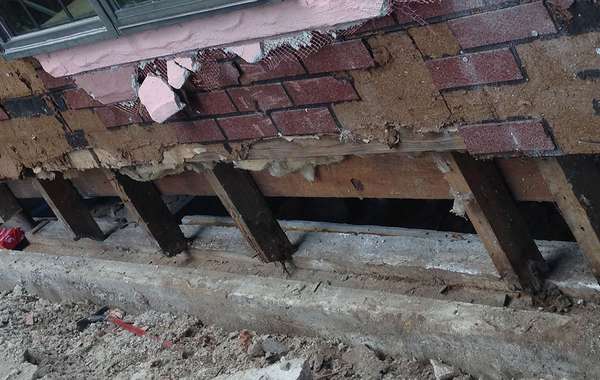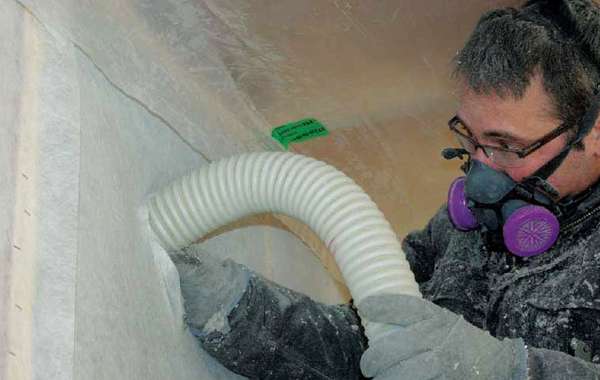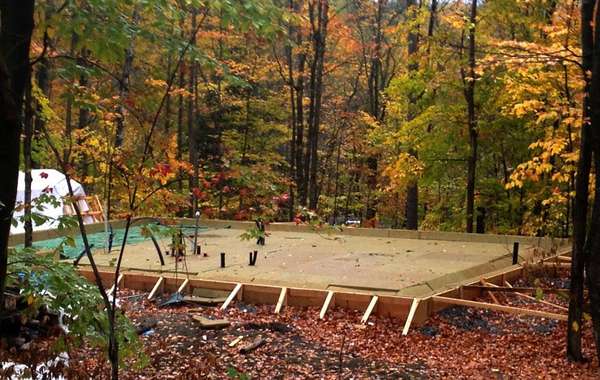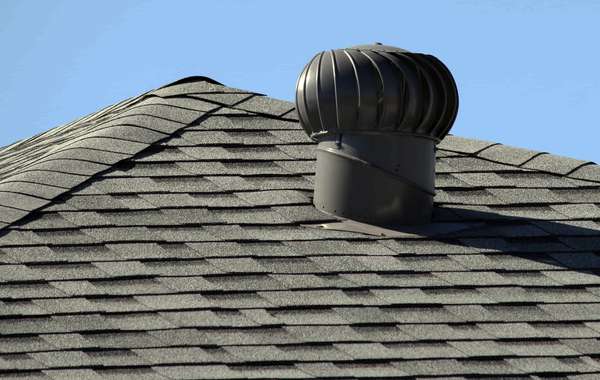What is the best to insulate metal structures for all seasons?
I have been researching methods and best practices for insulating metal structures for four season use, esp. the likes of vehicles & campers, realizing that the methods would likely apply to metal sheds, garages, and barns. I suspect that the biggest concerns are heat gain / loss via conduction, condensation due to the highly conductive surfaces (and corrosion risks), plus radiant heat gain / loss.
I hypothesize that, with condensation being so likely due to the highly conductive surface, that any vapour barrier would be a bad idea. Instead, one would want to rely on a very good air barrier, preventing air flow, but allowing moisture to dry. I understand that any number of air barrier is acceptable, but would inner, outer, or both be preferable?
Continuing my hypothesis, it seems that any insulation that limits moisture retention and encourages breathability would be best. My current research leads me to lean towards "wool" insulations such as sheep's wool or rockwool. Is that accurate?
Lastly, continuing down the path of favoring allowing moisture to travel through any barriers, I'd guess that perforated radiant barriers should be used. Naturally, that still assumes that appropriate air gaps are provided to prevent conductive heat transfer. Presumably, good radiant barrier use could really help limit temperatures differences that would cause condensation, correct?

























Insulating between metal studs is not at all a cost-effective way to insulate a building due as you know, to the conductivity of metal. When you calculate the R value of a wall assembly and factor the thermal bridging that would happen with metal framing members, it reduces the effective R value of the entire wall by a good 25%. So you would essentially need to add 25% more insulation to achieve the same overall performance you intended. Here is a page that will explain it and help you find an easy solution -
How to Prevent Thermal Bridging in Homes and Save Energy
Beyond just heat loss, thermal bridging through insulated metal framing members, as you eluded to, would leave the wall at risk of condensation as well.
It is great that this is on your radar and that you are doing your research, but I think you are over thinking it, as the solution is actually pretty simple. The most sensible way to insulate a metal-framed building is to put all the insulation on the exterior, in which case the metal is entirely inside the thermal envelope and at virtually the same temperature as the conditioned space, so there are no other special considerations or solutions that needs to be applied.
I would put all your control layers (thermal barrier, air barrier, vapour control layer) on the exterior and simply follow the basic principles of building science for your climate to design your wall, no matter the materials you choose to use.
Assuming you are in a cold climate, you would still need some sort of vapour control layer, and as for the air barrier, inside or outside does not matter.